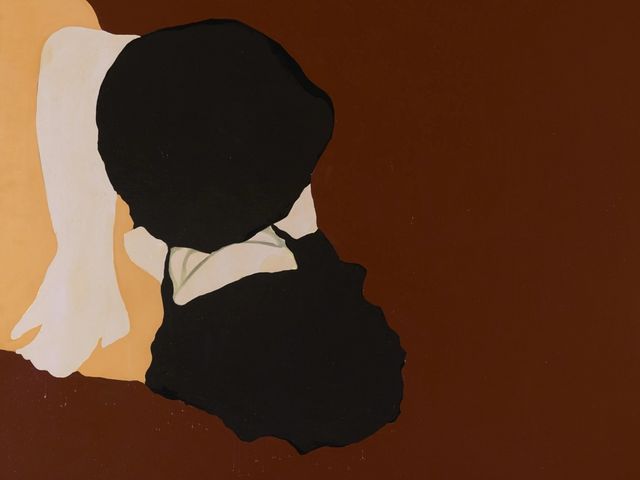Pop Art

Erupting onto the global art scene in the mid-1950s and early 1960s, Pop Art drew from a wide world of images related to television and print media. In this country and around the world, the use of recognizable imagery in works that upended expectations of fine art was fueled by postwar politics and rising consumerism. Artists associated with Pop often appropriated motifs of daily life, at times pushing their scale to near billboard size, transforming them into wry, witty, and pointed works of art. Visually seductive and experientially powerful, Pop went beyond the surface interest of alluring images, bright colors, and compelling subjects: it challenged hierarchies of culture, inserting into the world of art images and ideas borrowed from commercial or mundane sources, from comic books to magazine advertisements. Raising the ordinary to the extraordinary, Pop artists celebrated and critiqued the transformation of visual culture that shaped postwar life.